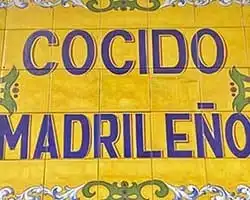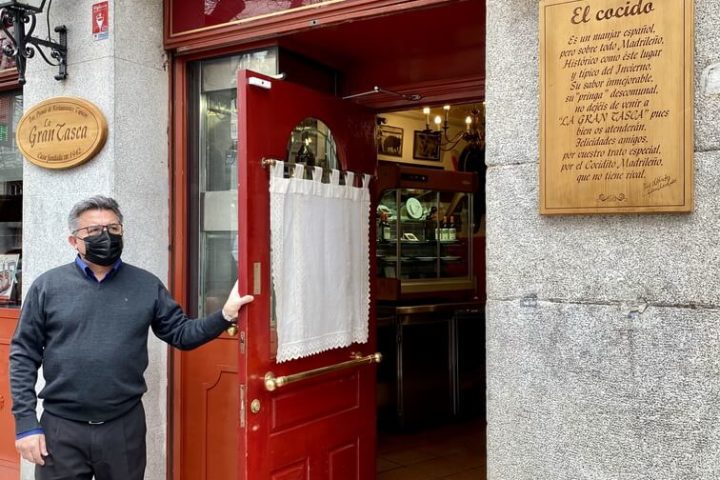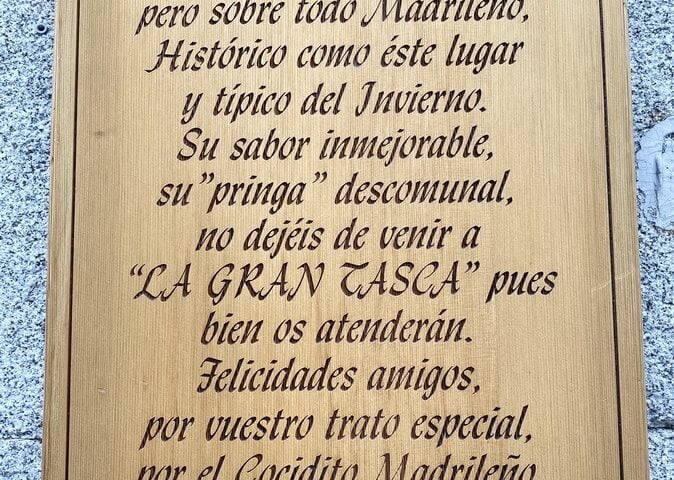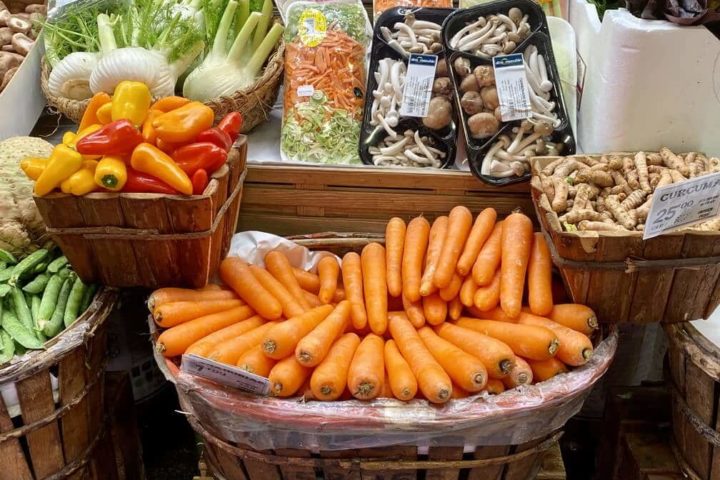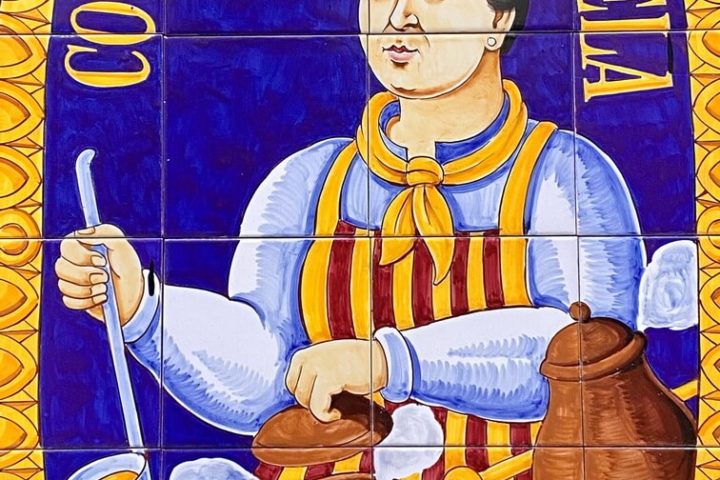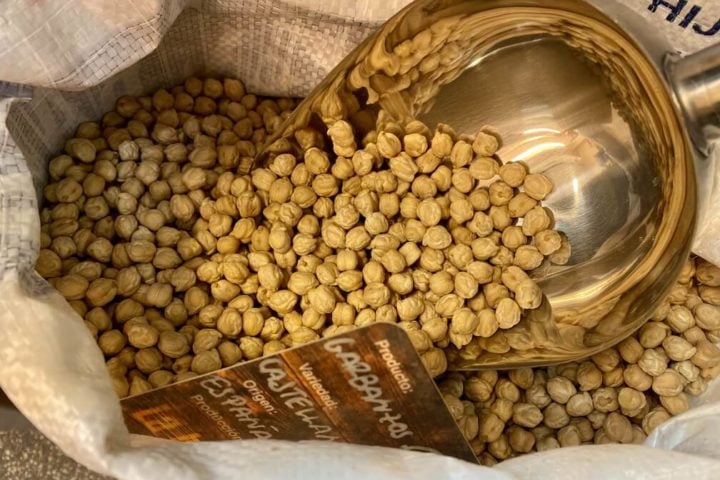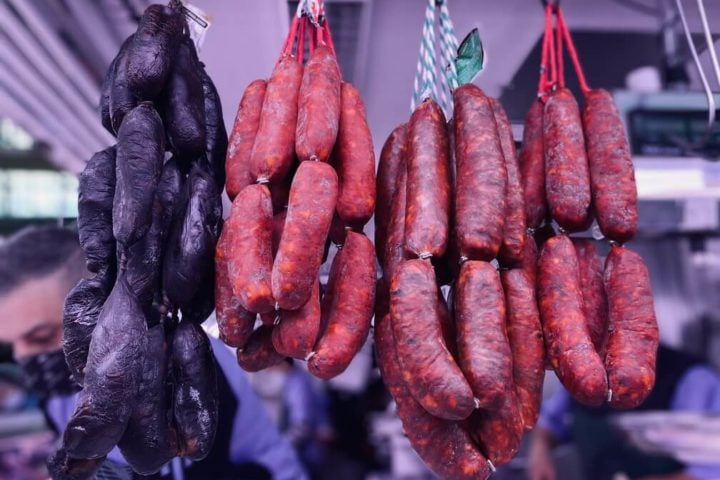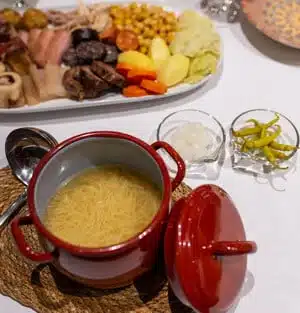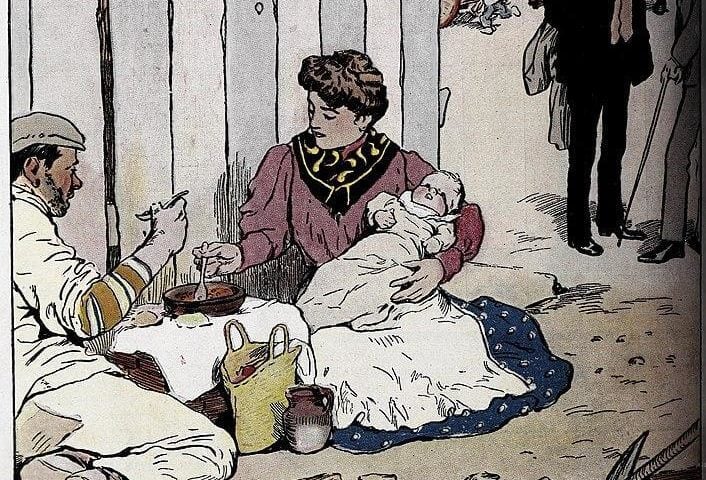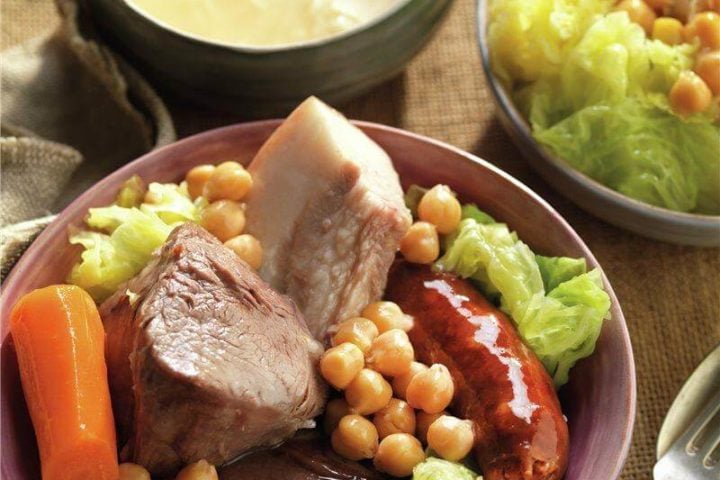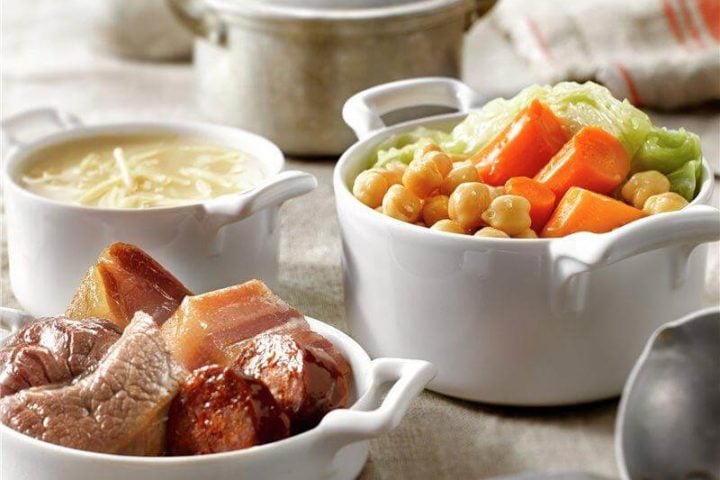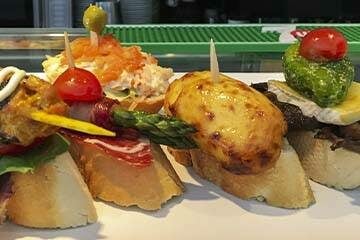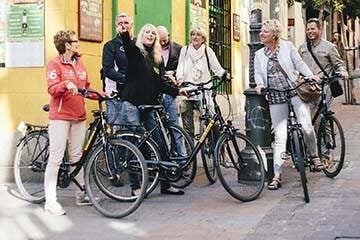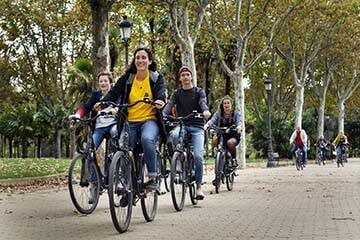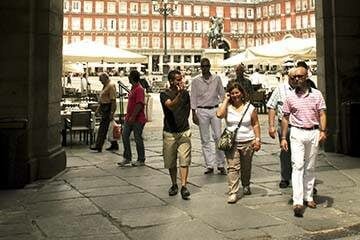Cocido madrileño
If you plan to visit the Spanish capital during the winter months, what better than to try one of the most representative dishes of its gastronomy: the “cocido madrileño”.
It is one of those powerful dishes that warms you up inside, comforts you and reminds you of that good meal at mum’s house. It simply makes you happy!
The cocido madrileño is a stew whose main ingredients are chickpeas, various vegetables, meat, bacon and some sausage.
It has humble origins and was initially eaten by the lower classes. It reached the upper classes thanks to its presence on restaurant menus.
It is a star dish not only in Madrid but also throughout Spain.
Each region of Spain has its own particular way of preparing this winter dish, but the Madrid version is one of the most popular cocidos, even internationally.
Although it is a single dish, the “Cocido marileño” in Madrid and in some other regions it is served in three parts, as if it were a tasting menu. Once all the ingredients are cooked, they are separated and served on different plates in the following order: the first contains the broth resulting from the cooking of all the ingredients
the second one contains the chickpeas, vegetables and potatoes the third contains the meat
If you would like to try to do it yourself, this is one of the suggested recipes by Spain Tourism: Recipe for Cocido Madrileño
It has been suggested that this dish may be directly connected to the Jewish culture, both because of the curious tradition of serving the stew in ‘tres vuelcos’ (three courses) and because of the slow-cooking technique used and, finally, because of the presence of chickpeas.
The Sephardim (Jews formerly linked to the Iberian Peninsula) already had their own stew – La Adafina – a type of chickpea and lamb stew.
During the Sabbath (rest) the rules strictly forbade cooking so there was a custom to put all the ingredients in a clay pot on Friday night and place the pot strategically near the fire. When it was time to eat, the contents were poured into a dish and the meal was eaten. This effect of tipping, in order to avoid the work of the Sabbath, gave rise to this tradition which continues to this day.
It is believed that the use of other types of meat in the stew was not a ‘Christian’ addition, but that it was the “Marranos” (Jewish converts) who began to introduce chorizo, bacon and, above all, black pudding, all to prove their conversion and avoid problems with the Inquisition.
The popularity of this culinary technique spread throughout the territory during the Reconquest and left several variants of cocido (stew). One of the best known is the Olla podrida, famous for its abundance and diversity of ingredients. This dish became so popular that it has several literary references during the 17th and 18th centuries; among them, Sancho Panza mentions it in the novel Don Quixote de la Mancha… The cocido as we know it today has its roots either in the Jewish Adafina or in the Castilian Olla podrida…
Wouldn’t you like to know now where you can try this exquisite stew? For the moment we won’t reveal this secret… we recommend you to take a Bike Tour or rent a bike with Trixi.com and one of our fabulous guides will recommend you the best places in Madrid.
Until then enjoy this traditional Spanish song that the singer Pepe Blanco (1911-1981) dedicated to the “Cocidito Madrileño”. Imagine, if there is even a special song, how important this recipe is for the Spanish culture!

